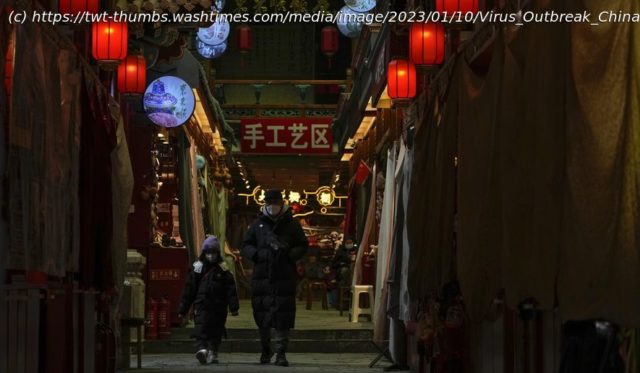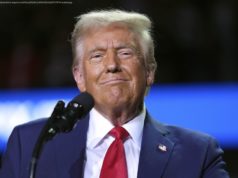Array
Wang Jian is anxious to get back to work teaching basketball to children now that China has lifted anti-COVID-19 restrictions. But his gym in the eastern city of Shenyang has been closed for a month because all its coaches are infected.
The most optimistic forecasts say China’s business and consumer activity might revive as early as the first quarter of this year. But before that happens, entrepreneurs and families face a painful squeeze from a surge in virus cases that has left employers without enough healthy workers and kept wary customers away from shopping malls, restaurants, hair salons and gyms.
“I hope the situation will turn around in March or April with no more COVID shocks,” said Wang, 33, who went without a paycheck for four months when the gym closed during virus outbreaks. “If parents worry about possible reinfection, they simply won’t send their children for training.”
The abrupt decision by President Xi Jinping’s government to end controls that shut down factories and kept millions of people at home will move up the timeline for economic recovery, but might disrupt activity this year as businesses scramble to adapt, forecasters say.
“This will be a bumpy process,” said Dong Chen, chief Asia economist for Pictet Wealth Management.
“People still are struggling with infections, but we think this could be temporary,” Chen said. “Broadly, we think this is a positive surprise.”
PHOTOS: China economy recovering but hampered by virus outbreaks
The decision to accelerate China’s reopening is a boost for the global economy at a time when activity in the United States and Europe is weakening after repeated interest rate hikes by central banks to cool surging inflation.
It is likely to help revive auto sales and propel demand for imported consumer goods, oil and food in China, one of the biggest global markets. Countries including Thailand with big tourism industries look forward to an influx of Chinese travelers.
The World Bank and private sector forecasters have cut estimates of China’s economic growth last year to as low as 2.2% due to the infection spike that started in early October and challenged Beijing’s “zero-COVID” goal of isolating every case. The International Monetary Fund expects a recovery to 4.4% this year, but that still would be among the lowest levels of the past three decades.






